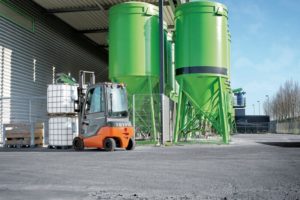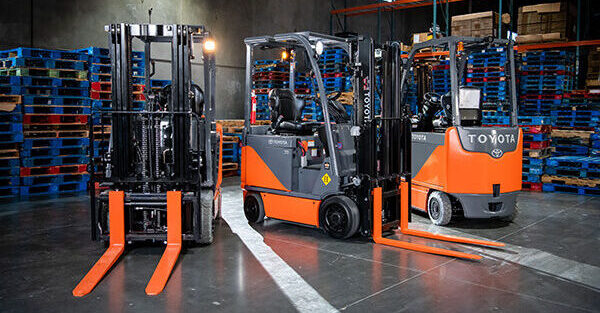To reduce greenhouse gas emissions and make California’s air cleaner, the California Air Resources Board (CARB) recently announced plans to ban sales of all new forklifts in the state that are not zero-emission by 2026. This move is part of CARB’s larger effort to reduce air pollution and ensure that California’s businesses comply with the state’s increasingly stringent emissions standards. Let’s take a closer look at what this proposed ban entails and how it could impact businesses in the state.
The Need for Change
California is no stranger to air pollution. In recent years, smog levels have been increasing across the state, leading to health problems for people living in areas with high air pollution levels. Also, with more businesses moving into the area, there has been an increase in industrial activity that only worsens this problem. The CARB planned ban is intended to address these issues and help mitigate some of the effects of air pollution on Californians’ health.
The Benefits of Zero-Emission Forklifts 
Not only does switching over from conventional diesel or gasoline-powered forklifts help reduce emissions and improve air quality, but it can also help businesses save money overall. Zero-emission forklifts are often less expensive than their conventional counterparts due to lower operating costs and fewer maintenance requirements. Furthermore, zero-emission models are powered by electricity instead of fuel, so businesses can avoid paying for expensive fuel costs on top of other expenses associated with owning a forklift fleet.
How The Ban Will Work
The proposed CARB ban will require all new forklifts leased or sold in California after 2026 to be zero-emission vehicles. It will also require businesses to start to phase out Internal Combustion (IC) forklifts, including propane and diesel forklifts, and replace them with zero-emission models.
The Impact on Businesses
The ban will majorly impact businesses that rely on IC-powered forklifts in their operations, as they will be required to transition to an alternative form of power. For some companies, this could mean switching out one or two IC forklifts with electric forklifts. For others, this could mean investing in an entirely new electric fleet. In either case, this presents a significant cost that businesses must consider when weighing their options.
In addition, logistical challenges may be associated with transitioning from IC-powered vehicles to electric ones due to differences in speed and efficiency between these models. Businesses may need more training for employees who operate these vehicles and modifications to existing infrastructure, such as charging stations for electric vehicles. All these factors should be considered when planning beyond 2026.
The Bottom Line
While it may present some challenges for affected companies, reducing air pollution is a crucial step towards creating a healthier environment for everyone in California – something we can all get behind! It is essential for all businesses operating in California to make plans now so that they are ready when the time comes for them to switch over entirely from gas-powered forklifts.
If you need help planning for the planned mandate, contact us to set up a free consultation with our material handling experts.
Tags: electric forklifts, free resources
